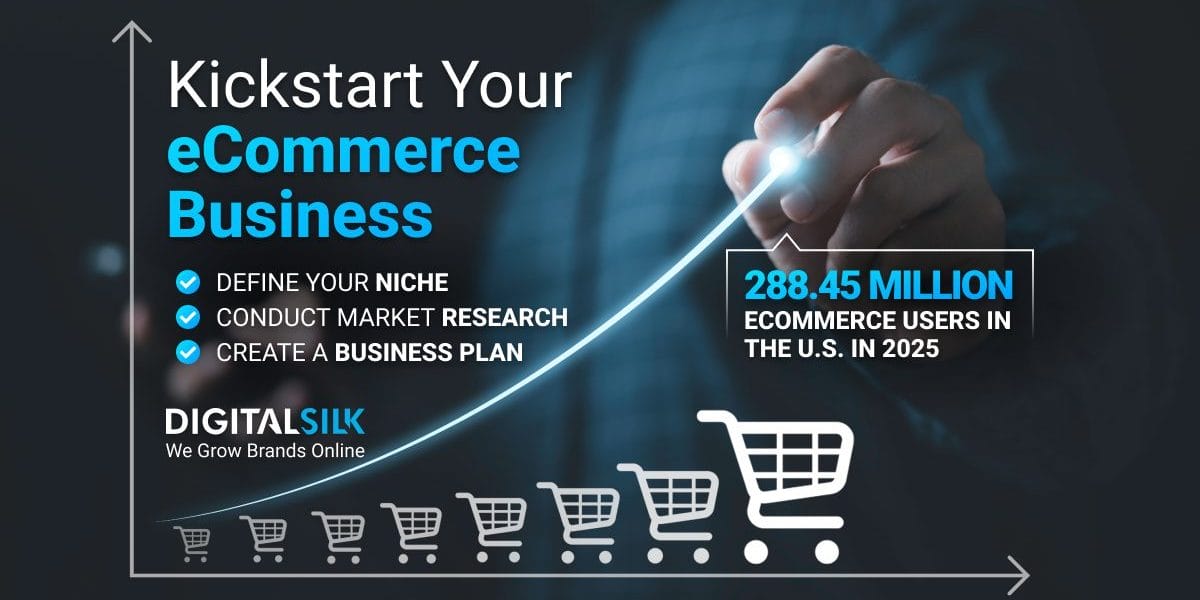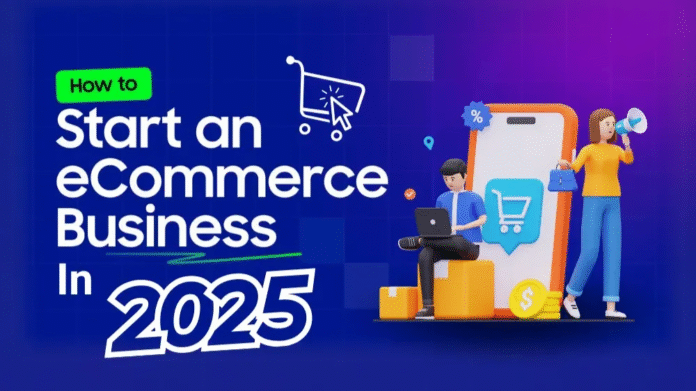How to Start a Successful eCommerce Business in 2025
Starting an eCommerce business in 2025 is easier than ever—but building a successful one? That takes planning, strategy, and the right tools. Whether you’re aiming to launch a full-blown online store or a side hustle, this step-by-step guide will walk you through everything you need to know to succeed in today’s competitive market.

1. Choose a Profitable Niche
Don’t just sell anything—sell the right thing to the right people.
Look for niches that:
-
Have growing demand
-
Solve real problems or fulfill desires
-
Are not overly saturated
-
Fit your personal interests or expertise (this helps with content and branding!)
Examples in 2025: Eco-friendly products, AI gadgets, pet accessories, and health & wellness.
2. Conduct Market & Competitor Research
Before you invest a single dollar, understand:
-
Who your target audience is
-
What they’re already buying
-
Where they’re shopping (Amazon, Etsy, niche sites?)
-
What your competitors are doing (and missing)
Tools to try: Google Trends, SEMrush, Ubersuggest, SimilarWeb, and Facebook Ad Library.
3. Decide Your Business Model
eCommerce offers several models:
-
Dropshipping – Low cost, no inventory, slower shipping
-
Print-on-Demand – Great for custom t-shirts, mugs, etc.
-
Wholesale/Bulk Inventory – Higher margins but upfront costs
Pick what suits your budget, goals, and risk tolerance.
4. Register Your Business
Give your store a legit foundation:
-
Choose a business name
-
Register it (sole proprietorship, LLC, etc.)
-
Get an EIN or business tax ID (depending on your country)
-
Open a business bank account and set up accounting software
This builds trust and protects your finances.

5. Build Your eCommerce Website
This is your digital storefront—make it shine.
Popular platforms for 2025:
-
Shopify – All-in-one, user-friendly
-
WooCommerce – Great for WordPress users
-
Wix eCommerce – Drag-and-drop simplicity
-
BigCommerce – Scalable and powerful
Focus on:
-
Fast loading speed
-
Mobile responsiveness
-
Clean design
-
Easy checkout process
-
Clear product descriptions and high-quality images
6. Source or Create Your Products
Where will your products come from?
-
Suppliers: Alibaba, Spocket, SaleHoo
-
Local Manufacturers: Ideal for custom or handmade goods
-
Create Your Own: Digital downloads, crafts, or white-label items
Ensure reliable supply, good quality, and fair pricing before launching.
7. Set Up Payment & Shipping Options
Make it easy for customers to pay and receive their orders:
-
Payment Gateways: Stripe, PayPal, Square, Shopify Payments
-
Shipping Tools: Shippo, ShipStation, EasyShip
-
Offer Options: Free shipping, express delivery, or local pickup (if applicable)
Tip: Be transparent with delivery times—especially if you’re dropshipping.
8. Launch Your Store (Soft Launch First!)
Before going big, do a “soft launch”:
-
Test orders
-
Collect feedback
-
Tweak anything that doesn’t work
Then go live! Promote your store on social media, email lists, and Google. Run ads if you can.
9. Market Your Business Like a Pro
This is where many stores fail—no traffic, no sales.
Use:
-
Content marketing (blogs, SEO)
-
Email campaigns
-
Social media marketing
-
Influencer partnerships
-
Google & Facebook Ads
Don’t forget retargeting ads to bring visitors back!
10. Analyze, Optimize & Grow
Once your store is running, keep improving:
-
Use tools like Google Analytics, Shopify Analytics, or Hotjar
-
Track your best-selling products and top sources of traffic
-
A/B test your landing pages and ads
-
Upsell, cross-sell, and build repeat customer flows
Success is not just about launch—it’s about continuous growth.

✅ Final Thoughts
Starting a successful eCommerce business in 2025 is totally doable—but it’s not a get-rich-quick scheme. With the right niche, tools, planning, and consistent effort, you can build a thriving online brand.


